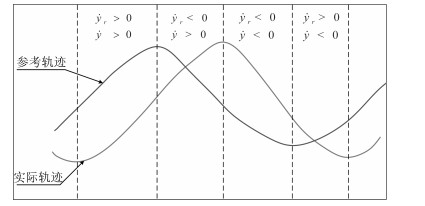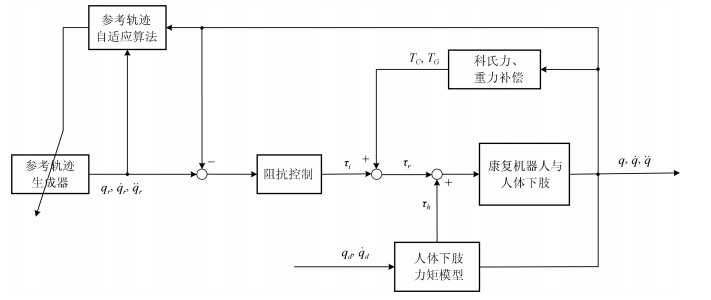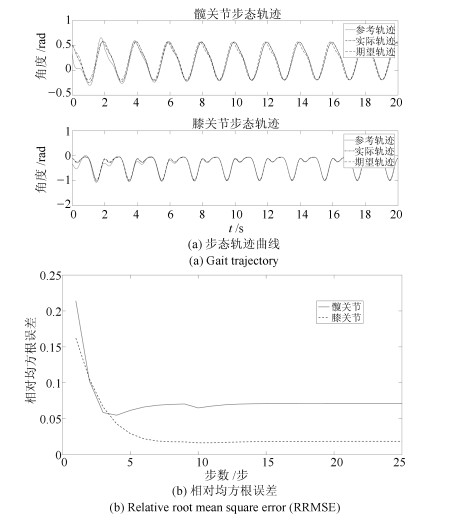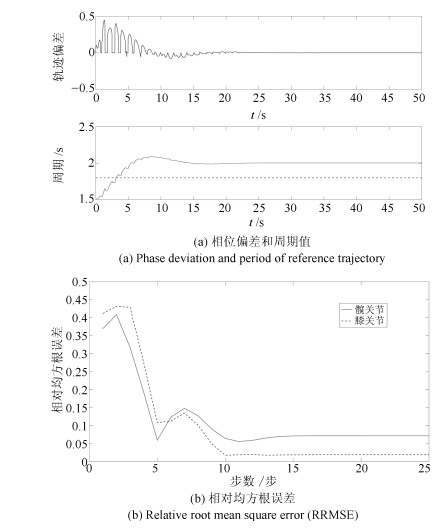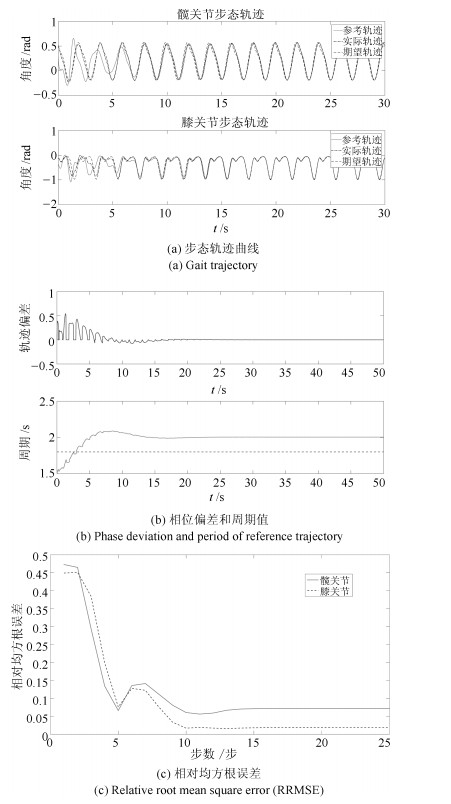|
[1]
|
Bourbonnais D, Noven S V. Weakness in patients with hemiparesis. American Journal of Occupational Therapy, 1989, 43(5):313-319 doi: 10.5014/ajot.43.5.313
|
|
[2]
|
Barbeau H, Ladouceur M, Norman K E, Pépin A, Leroux A. Weakness in patients with hemiparesis:evaluation, treatment, and functional recovery. Archives of Physical Medicine and Rehabilitation, 1999, 80(2):225-235 doi: 10.1016/S0003-9993(99)90126-0
|
|
[3]
|
Teasell R W, Kalra L. What's new in stroke rehabilitation. Stroke, 2004, 35(2):383-385 doi: 10.1161/01.STR.0000115937.94104.76
|
|
[4]
|
Dobkin B H. Strategies for stroke rehabilitation. The Lancet Neurology, 2004, 3(9):528-536 doi: 10.1016/S1474-4422(04)00851-8
|
|
[5]
|
Huo W G, Mohammed S, Moreno J C, Amirat Y. Lower limb wearable robots for assistance and rehabilitation:a state of the art. IEEE Systems Journal, 2016, 10(3):1068-1081 doi: 10.1109/JSYST.2014.2351491
|
|
[6]
|
Marchal-Crespo L, Reinkensmeyer D J. Review of control strategies for robotic movement training after neurologic injury. Journal of Neuroengineering and Rehabilitation, 2009, 6(1):Article No.20 doi: 10.1186/1743-0003-6-20
|
|
[7]
|
Chen G, Chan C K, Guo Z, Yu H Y. A review of lower extremity assistive robotic exoskeletons in rehabilitation therapy. Critical Reviews in Biomedical Engineering, 2013, 41(4-5):343-363 doi: 10.1615/CritRevBiomedEng.v41.i4-5
|
|
[8]
|
Veneman J F, Kruidhof R, Hekman E E G, Ekkelenkamp R, Van Asseldonk E H F, van der Kooij H. Design and evaluation of the LOPES exoskeleton robot for interactive gait rehabilitation. IEEE Transactions on Neural Systems and Rehabilitation Engineering, 2007, 15(3):379-386 doi: 10.1109/TNSRE.2007.903919
|
|
[9]
|
Jezernik S, Colombo G, Morari M. Automatic gait-pattern adaptation algorithms for rehabilitation with a 4-DOF robotic orthosis. IEEE Transactions on Robotics and Automation, 2004, 20(3):574-582 doi: 10.1109/TRA.2004.825515
|
|
[10]
|
Banala S K, Kim S H, Agrawal S K, Scholz J P. Robot assisted gait training with active leg exoskeleton (ALEX). IEEE Transactions on Neural Systems and Rehabilitation Engineering, 2009, 17(1):2-8 doi: 10.1109/TNSRE.2008.2008280
|
|
[11]
|
Zanotto D, Stegall P, Agrawal S K. Adaptive assist-as-needed controller to improve gait symmetry in robot-assisted gait training. In:Proceedings of the 2014 IEEE International Conference on Robotics and Automation (ICRA). Hong Kong, China:IEEE, 2014. 724-729
|
|
[12]
|
Aoyagi D, Ichinose W E, Harkema, S J, Reinkensmeyer D J, Bobrow J E. A robot and control algorithm that can synchronously assist in naturalistic motion during body-weight-supported gait training following neurologic injury. IEEE Transactions on Neural Systems and Rehabilitation Engineering, 2007, 15(3):387-400 doi: 10.1109/TNSRE.2007.903922
|
|
[13]
|
Hesse S, Uhlenbrock D. A mechanized gait trainer for restoration of gait. Journal of Rehabilitation Research and Development, 2000, 37(6):701-708 http://www.rehab.research.va.gov/jour/00/37/6/pdf/hesse.pdf
|
|
[14]
|
Schmidt H, Werner C, Bernhardt R, Hesse S, Krüger J. Gait rehabilitation machines based on programmable footplates. Journal of Neuroengineering and Rehabilitation, 2007, 4(1):218-227 https://www.researchgate.net/publication/6514377_Gait_rehabilitation_machines_based_on_programmable_footplates
|
|
[15]
|
Banala S K, Agrawal S K, Scholz J P. Active leg exoskeleton (ALEX) for gait rehabilitation of motor-impaired patients. In:Proceedings of the 10th International Conference on Rehabilitation Robotics. Noordwijk, Netherlands:IEEE, 2007. 401-407
|
|
[16]
|
Wheeler J W, Krebs H I, Hogan N. An ankle robot for a modular gait rehabilitation system. In:Proceedings of the 2004 IEEE/RSJ International Conference on Intelligent Robots and Systems. Sendai, Japan:IEEE, 2004. 1680-1684
|
|
[17]
|
Emken J L, Harkema S J, Beres-Jones J A, Ferreira C K, Reinkensmeyer D J. Feasibility of manual teach-and-replay and continuous impedance shaping for robotic locomotor training following spinal cord injury. IEEE Transactions on Biomedical Engineering, 2008, 55(1):322-334 doi: 10.1109/TBME.2007.910683
|
|
[18]
|
Hocoma. Lokomat[Online], available:https://www.hocoma.com/world/en/media-center/media-images/loko-mat/, June 27, 2016
|
|
[19]
|
Vallery H, van Asseldonk E H F, Buss M, van der Kooij H. Reference trajectory generation for rehabilitation robots:complementary limb motion estimation. IEEE Transactions on Neural Systems and Rehabilitation Engineering, 2009, 17(1):23-30 doi: 10.1109/TNSRE.2008.2008278
|
|
[20]
|
Riener R, Lünenburger L, Jezernik S, Anderschitz M, Colombo G, Dietz V. Patient-cooperative strategies for robot-aided treadmill training:first experimental results. IEEE Transactions on Neural Systems and Rehabilitation Engineering, 2005, 13(3):380-394 doi: 10.1109/TNSRE.2005.848628
|
|
[21]
|
Ijspeert A J. Central pattern generators for locomotion control in animals and robots:a review. Neural Networks, 2008, 21(4):642-653 doi: 10.1016/j.neunet.2008.03.014
|
|
[22]
|
Seo K, Hyung S, Choi B K, Lee Y, Shim Y. A new adaptive frequency oscillator for gait assistance. In:Proceedings of the 2015 IEEE International Conference on Robotics and Automation (ICRA). Seattle, Washington, USA:IEEE, 2015. 5565-5571
|
|
[23]
|
Ronsse R, Vitiello N, Lenzi T, van den Kieboom J, Carrozza M C, Ijspeert A J. Human-robot synchrony:flexible assistance using adaptive oscillators. IEEE Transactions on Biomedical Engineering, 2011, 58(4):1001-1012 doi: 10.1109/TBME.2010.2089629
|
|
[24]
|
Gams A, Ijspeert A J, Schaal S, Lenaréciéc J. On-line learning and modulation of periodic movements with nonlinear dynamical systems. Autonomous Robots, 2009, 27(1):3-23 doi: 10.1007/s10514-009-9118-y
|
|
[25]
|
Righetti L, Buchli J, Ijspeert A J. Dynamic Hebbian learning in adaptive frequency oscillators. Physica D:Nonlinear Phenomena, 2006, 216(2):269-281 doi: 10.1016/j.physd.2006.02.009
|
|
[26]
|
Karnjanaparichat T, Pongvuthithum R. Synchronization control scheme for gait training robot and treadmill. In:Proceedings of the 2014 International Computer Science and Engineering Conference (ICSEC). Khon Kaen, Thailand:IEEE, 2014. 481-485
|
|
[27]
|
Petriéc T, Gams A, Ijspeert A J, éZlajpah L. On-line frequency adaptation and movement imitation for rhythmic robotic tasks. The International Journal of Robotics Research, 2011, 30(14):1775-1788 doi: 10.1177/0278364911421511
|
|
[28]
|
Hogan N. Impedance control:an approach to manipulation:Part Ⅱ-implementation. Journal of Dynamic Systems, Measurement, and Control, 1985, 107(1):8-16 doi: 10.1115/1.3140713
|




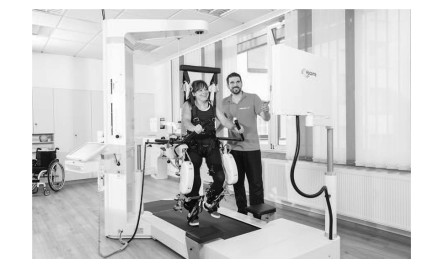
 下载:
下载:
